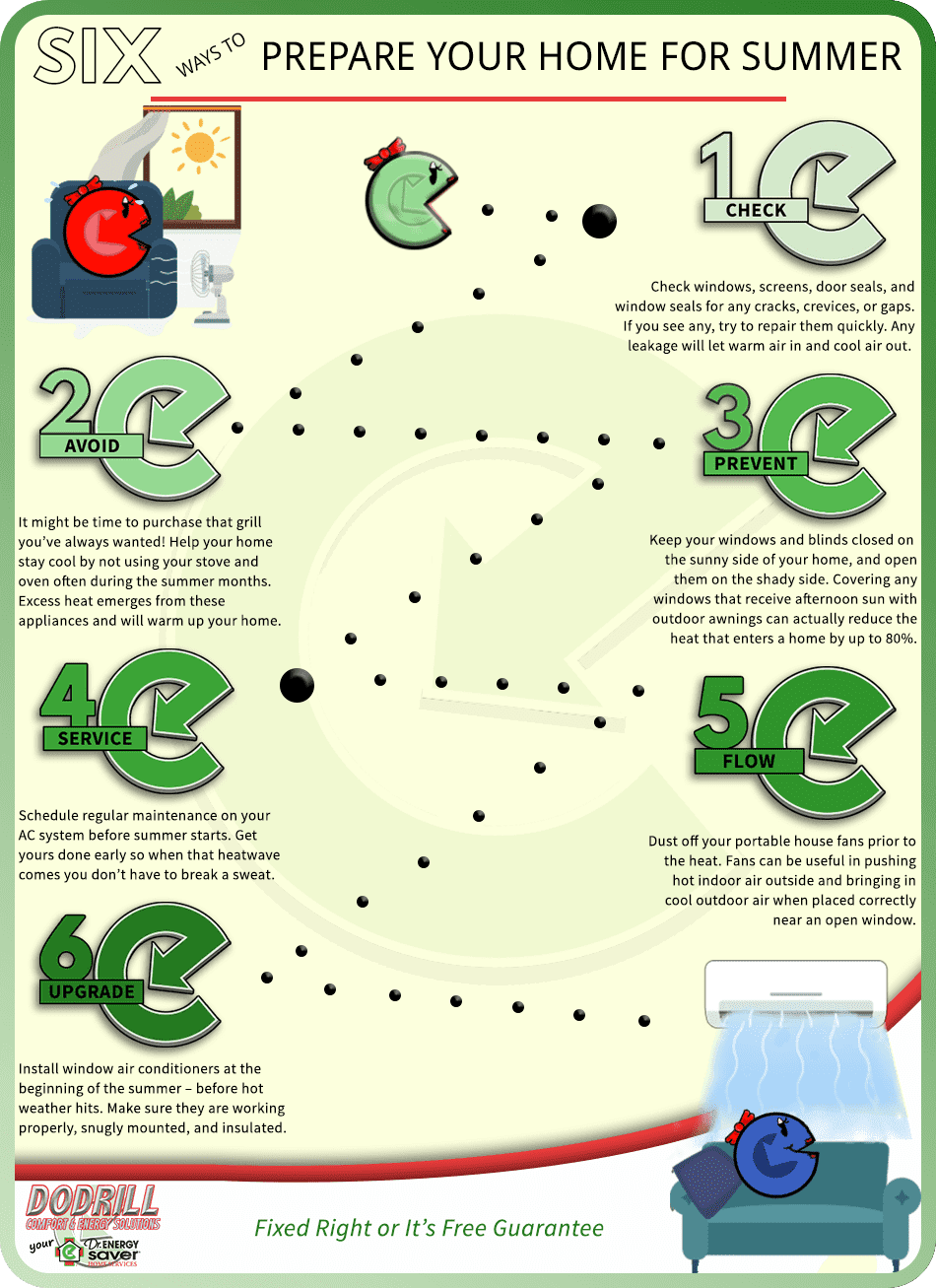Obtain The Fundamental Stress Washing Methods Specifically Created For Numerous Surface Area Kinds To Achieve Impressive Results-- Reveal The Keys To Accomplishing An Ideal Surface
Obtain The Fundamental Stress Washing Methods Specifically Created For Numerous Surface Area Kinds To Achieve Impressive Results-- Reveal The Keys To Accomplishing An Ideal Surface
Blog Article
https://deanlsyel.livebloggs.com/38972734/the-value-of-cleaning-windows-in-cold-climatic-conditions -Wu Markussen
When it concerns pressure cleaning, the technique you choose can make all the distinction in achieving a clean, streak-free surface. You might locate that difficult surface areas, like concrete, call for a various approach than softer materials, such as wood or plastic. It's vital to adjust your approaches to the surface type to prevent damage while making the most of cleaning effectiveness. So, what are the most effective techniques for each surface, and how can you guarantee you're utilizing the best settings and tools for the task? Allow's discover what you require to recognize to obtain the best outcomes.
Hard Surface areas
When it comes to pressure cleaning tough surfaces, prep work is vital. Prior to you even think about pulling out the stress washer, put in the time to clear the area of any debris, furnishings, or obstacles. You don't desire anything entering your means or possibly damaging your equipment.
Next off, inspect https://www.southernliving.com/home/how-to-clean-oven for any splits or damage; this will help you establish the right approach and pressure setups.
Once you have actually prepared the area, it's vital to pick the ideal nozzle. For tough surfaces like concrete or brick, a narrow nozzle (15 or 25 degrees) functions best to give a concentrated stream of water that can effectively get rid of gunk and spots. Always begin at a distance and gradually relocate more detailed to prevent any surface area damage.
As you begin cleaning, keep the stick moving to protect against touches and over-saturation. It's also helpful to work from the top down, permitting dust and particles to wash away normally.
Finally, remember to wash the surface area completely after cleansing to get rid of any type of remaining cleaning agent. With these strategies, you'll achieve a clean and refreshed appearance on all your difficult surface areas.
Soft Surfaces
Pressure washing soft surface areas needs a gentler method to protect them from damage. Whether you're cleaning your deck, patio furnishings, or home siding, making use of way too much stress can bring about damages, scratches, and even irreversible damage.
Begin by selecting a low-pressure nozzle, ideally a 25-degree or larger spray pattern, to distribute the water a lot more gently.
Prior to you start, it's critical to pre-treat any kind of stains with an ideal cleaning option. This action permits the cleaner to permeate the dust and grime, making it easier to get rid of without scrubbing too hard.
Always apply the option from all-time low as much as protect against streaking.
When you start pressure cleaning, preserve a distance of a minimum of 12 to 18 inches from the surface. Relocate your wand in a sweeping movement, keeping it alongside the surface to avoid focused stress on one area.
Wash the location extensively after cleaning up to eliminate any kind of recurring cleanser.
Finally, inspect the surface for any kind of missed areas and repeat the process if necessary. By following these actions, you can successfully tidy soft surfaces while preserving their stability and appearance.
Specialized Surfaces
Cleaning soft surface areas calls for treatment, however specialized surfaces demand a lot more attention to information. When you take on these surface areas, like delicate wood, tarnished concrete, or certain kinds of home siding, utilizing the best pressure washing methods is critical to stay clear of damage.
First, assess the product. For instance, treated wood can typically stand up to moderate pressure, but softer timbers like cedar may need a lower setting. Always begin with the most affordable pressure and slowly increase if essential.
For stained https://damienludmv.frewwebs.com/33198611/the-crucial-role-of-window-cleaning-services-in-commercial-properties , use a fan spray nozzle and preserve a constant range to stop etching the surface.
When handling surfaces like vinyl exterior siding or painted surface areas, a broad spray pattern helps disperse the pressure evenly, securing the coating.
It's also smart to make use of cleaning agents especially made for specialty surface areas. They can boost cleansing without compromising the product.
Wash extensively after cleaning to eliminate any kind of residue, as it can result in staining or damage over time.
https://universitycleaningnearme09865.blogolenta.com/29553323/usual-roof-covering-cleaning-blunders-and-just-how-to-prevent-them
To conclude, grasping pressure cleaning techniques for various surfaces can make all the distinction in your cleansing outcomes. For hard surfaces, adhere to narrow nozzles and a top-to-bottom technique, while soft surface areas require a gentler touch with broader nozzles. Don't fail to remember to pre-treat stains and wash thoroughly to stay clear of deposit. By adjusting your methods per material, you'll not just achieve a cleaner finish but also shield the stability of your surfaces. Happy cleansing!
